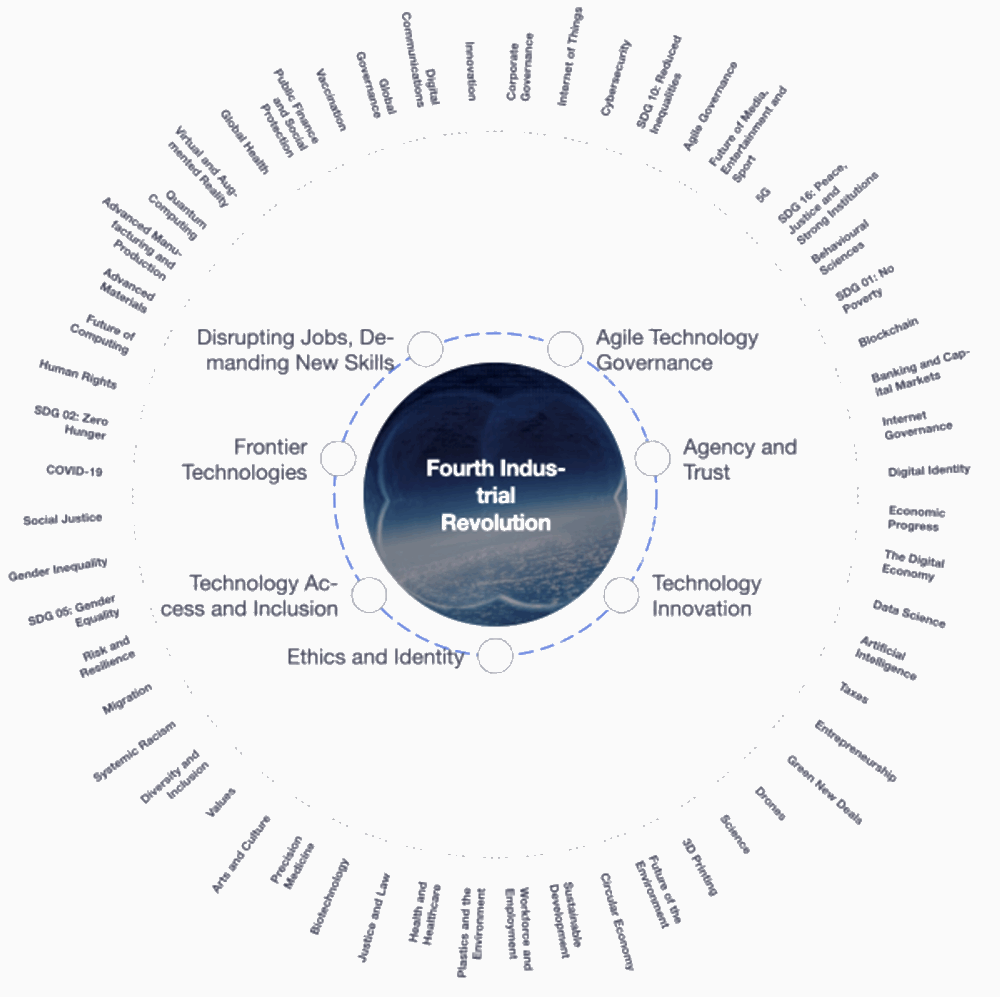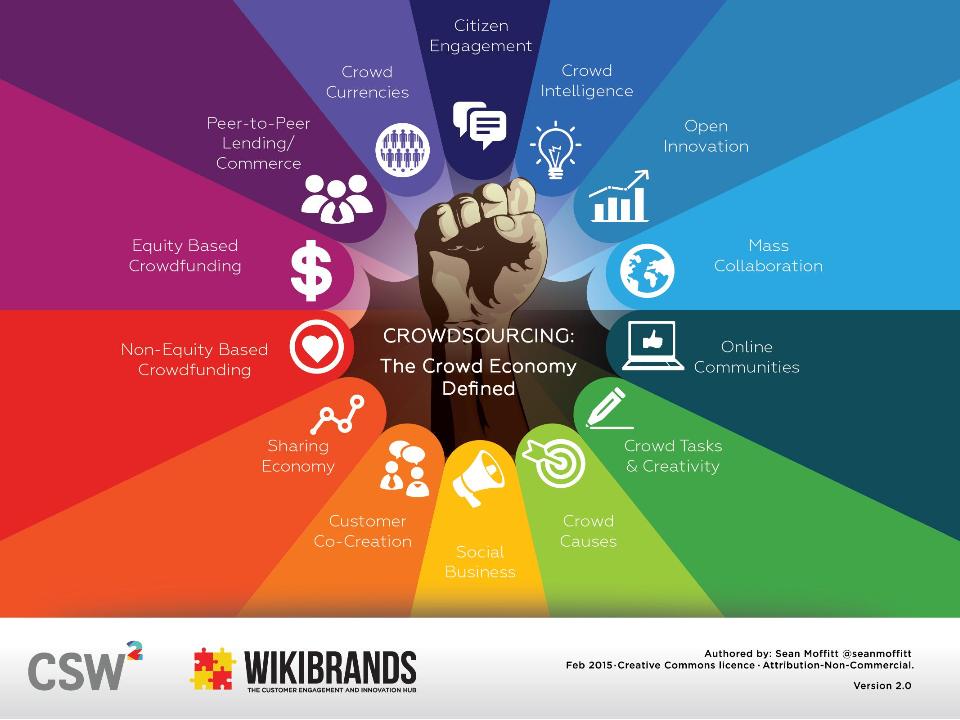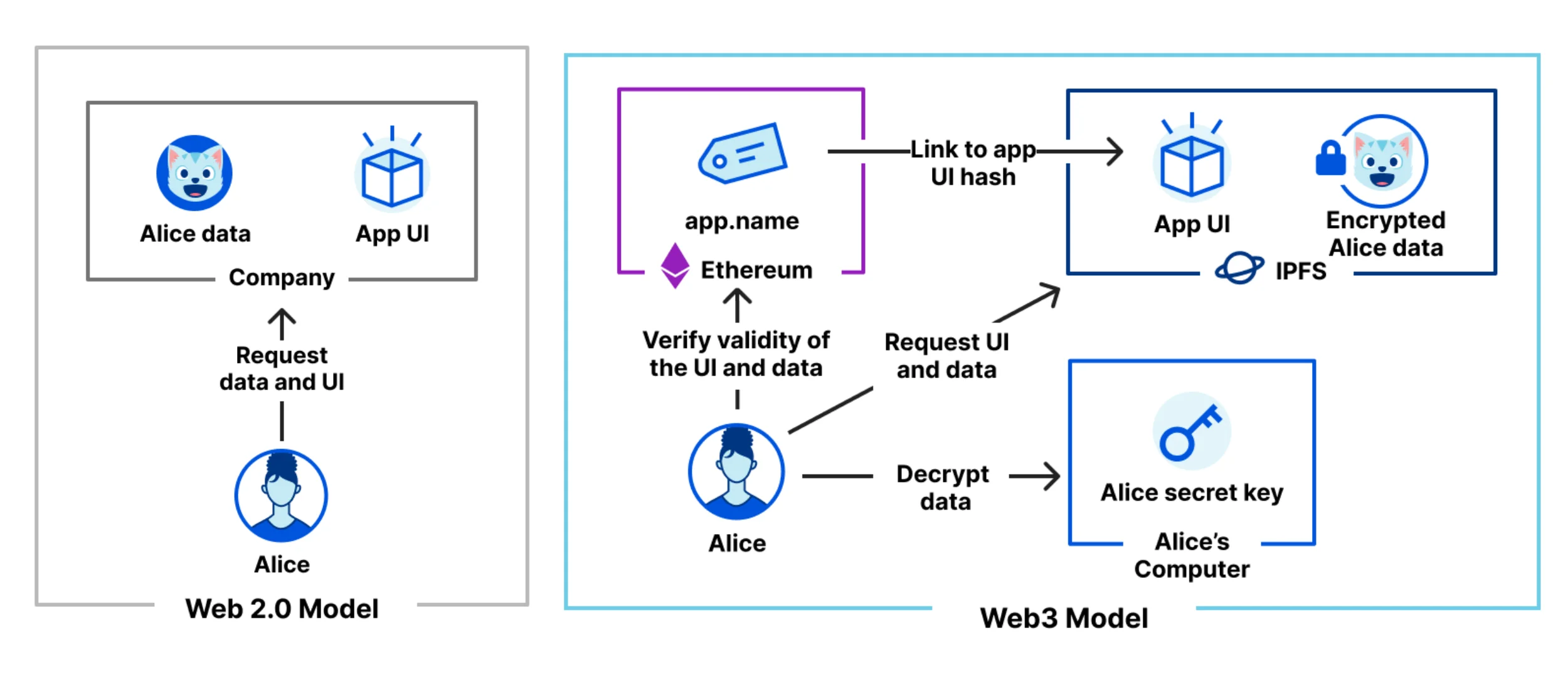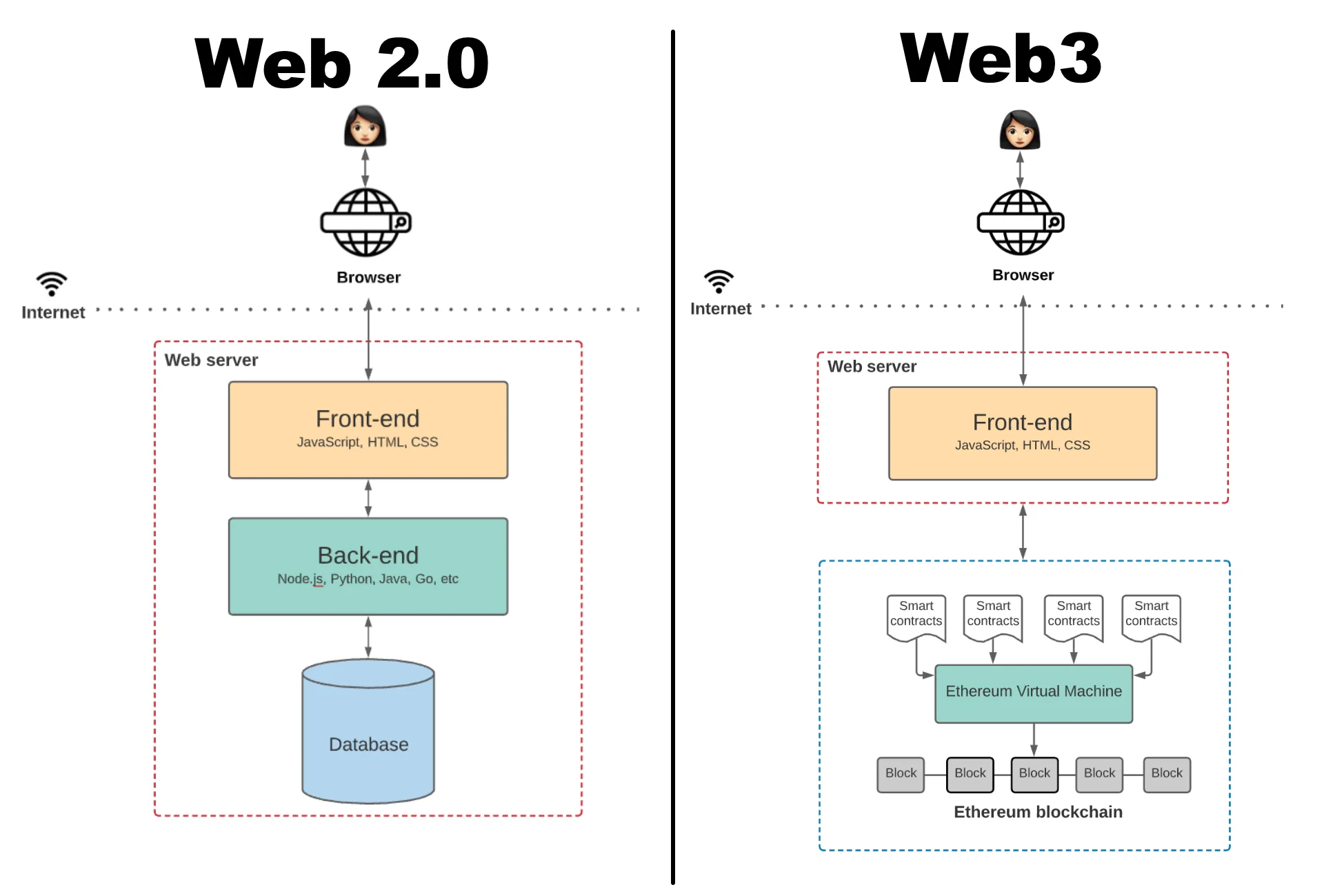Introduction
![© Isabella Bannerman. I hope you like it; it is an old family recipe [says the robot to another robot].](toons/ai-family-recipe.png)
In this chapter, you'll explore 4th Industrial Revolution, Crowdsourcing and Citizen Science, Blockchain, Web 3, the Trolley Problem, Ethics in AI, the Robot Economy, and programs we'll need to succeed with artificial intelligence at our sides.
Your Contribution
- Collaborate in the current Google Slides template (available via Canvas) to summarizes your chosen topic and readings.
- Then ask each other questions and suggest revisions by using the Slides Commenting feature. Be sure to @name to alert your classmates of your comments.
- Download/Print a PDF of your slide and the Bibliography slide that includes your entries.
- Submit the PDF in Canvas for a plagiarism check and score.
The Fourth Industrial Revolution

In the mid 1700's mechanization and the steam engine heralded a new era of mass production. Just 100 years later, electricity and fossil fuel energies along with the telegraph and telephone sped up our ability to communicate and travel faster, fostering a new era of networking. Within another 100 years, we were able to computerize those networks, satiate our need for more electricity with nuclear energy and dig deeper into space as well as the microscopic with bigger and smaller technologies.
And now just 50 years later, we are at the brink of major changes again, with the advent of virtual computing, smart devices, roboticized mass production, and digital healthcare.
With every industrial revolution, citizens revolted for fear of losing their livelihoods. But after a time, they adjusted...some flourished and others perished. How will our current social structures contend with these new upheavals? This chapter explores what is happening, about to happen, and how we might prepare ourselves so that less people parish and more flourish.
The World Economic Forum, whose agenda is to foster international public/private cooperation by evaluating trends to shape future technologies and governance, explains the fourth industrial revolution in a variety of documents. The relationships within society and the revolution are mapped visually... click the map to interact with it in a new tab:

Alternatively, view Timothy Comprehensive's 3-minute video description to understand how societies have developed from the first to the fourth revolution:
Reading List
Refer to writing instructions under each page of the template provided in step 9.5. Open articles in new tabs and add them to your bibliography tool.
- How civil society can adapt to the Fourth Industrial Revolution.
- The Fourth Industrial Revolution: what it means, how to respond.
- The Fourth Industrial Revolution: Redefining the future.
- Trapped in the Metaverse: Here’s What 24 Hours in VR Feels Like (2021)
Citizen Science
SciStarter.org publishes links to citizen scientist projects. Look there for disaster relief projects you can get involve in, then search for other topics of interest.
Reading List
Blockchain and Web3 Economies
If society is to use the fourth industrial revolution to the fullest, we'll need technologies that engage citizens in more fair and equitable processes, which are key aims of crowdsourced data and blockchain technologies.

Blockchain Reading List
Refer to writing instructions under each page of the template provided in step 9.5. Open articles in new tabs and add them to your bibliography tool.
- The 14 Parts of the crowd economy landscape.
- Making sense of bitcoin, cryptocurrency, and blockchain. (Infographic)
- 6 industries that are using blockchain to drive business value right now. Captioned.
- How Blockchain Can Eradicate Poverty in Third-World Countries.
Web3 Reading List

The idea is that the app/storage reside in a blockchain owned by no one and the data is locked cryptographically. © Cloudflare 
Major difference between Web2 and Web3. © Preethi Kasireddy 
Web2 companies and products compared to new Web3 companies/products. © Matteo Gianpietro Zago 
Web 1 was the information economy, Web2 is the platform economy, and Web3 will be the ownership economy. © 2021 Rex Woodbury
- Chain Reactions: How Creators, Web3, and the Metaverse Intersect (2021)
- The Father of Web3 Wants You to Trust Less (2021)
- What’s web3, and how do I access it? (2021)
- Web3 Explained: What is Web3 and what it means for both consumers and producers
- Tech workers are fleeing FAANG for Web3, here’s why (2022)
Ethics in AI
Our evolution as a species is dependent upon solving the toughest questions. Are we capable of doing that with the help of Artificial Intelligence and Machine Learning?
Let's see how you and others fair when solving the Trolley Problem. It demonstrates how tough it is to make decisions based on 'the greater good'.
Start by using MIT's Moral Machine (a platform for gathering human recommendations for self-driving car decisions) to design your own scenario(s) for a study. Invite 15 or more humans to participate in the data-gathering, and analyze the results.
What problems did your research bump up against?
Can those problems be solved by experts and government advisory boards?
Reading List: Trolly Problem/Moral Machine
- Global preferences for who to save in self-driving car crashes revealed (2018)
- The Moral Machine experiment (2018, 2020)
- Moral Machines: How culture changes values (2018)
Reading List: The State of Ethics in AI
- Google fires another AI researcher who reportedly challenged findings. (2022).
- Stanford: Ethics of Artificial Intelligence and Robotics (2020)
- National AI Advisory Committee (NAIAC) formed in response to the National AI Initiative Act of 2020. May 4, 2022 is the first meeting of the committee. Livestream:
The Robot Economy
What does the future of "work" and "jobs" look like? Will our current robotics endeavors result in more employment opportunities and fulfill the workforce...creating a peaceful coexistence? Or, will an overabundance of robots result in increased apathy, increased poverty, and a reduction in human rights? Will robots become so intelligent that humans in their current state die out or will they evolve? Read more about what experts think about the future of work and the Singularity:
Reading List: Robots
- Everything you know about innovation is wrong.
- Technology and the Future of Work. Captioned.
- Could the robot boss replace human managers by 2030?
- Many fear robots, computers will eliminate jobs, increase inequality.
- Robots will take our jobs. We’d better plan now, before it’s too late.
- The Jobs Robots Can’t Do (At Least Not Yet).
- The Art in Artificial Intelligence: Make the Robots Serve the Public Good.
- Why Westerners Fear Robots and the Japanese Do Not
- Answering all your questions about the mind boggling Singularity.
What We'll Need to Succeed
Societies and governments are beginning to experiment with sustainable solutions that benefit bigger chunks of citizens. Learn more about how some programs have succeeded (or failed):
Reading List
- H.R.3684 - Infrastructure Investment and Jobs Act (2021-22)
- Taxes
- Tax Credits
- Universal Basic Income
- Stimulus check update: 24 cities and states offering universal basic income payments up to $18,000 over two years (2022)
- Universal Basic Income in the USA (2022. See also Europe, Asia, Africa)
- Co-ops
- Unions
- Foreign Assistance
- Retraining Workers or related articles
-
K-12 Education
- 8 Things Every School Must Do To Prepare For The 4th Industrial Revolution
- Require CS courses in K12 education
- In 2020, more states to focus on earlier, diverse computer science education.
- High School Math, Science, and Foreign Languages: At Risk from Computer Coding?
- Make Computer Science a Graduation Requirement, Says College Board
- More Teachers, Fewer 3D Printers: How to Improve K–12 Computer Science Education
- Science, Technology, Engineering, and Math, including Computer Science, US Dept of Education STEM Grants (2022).